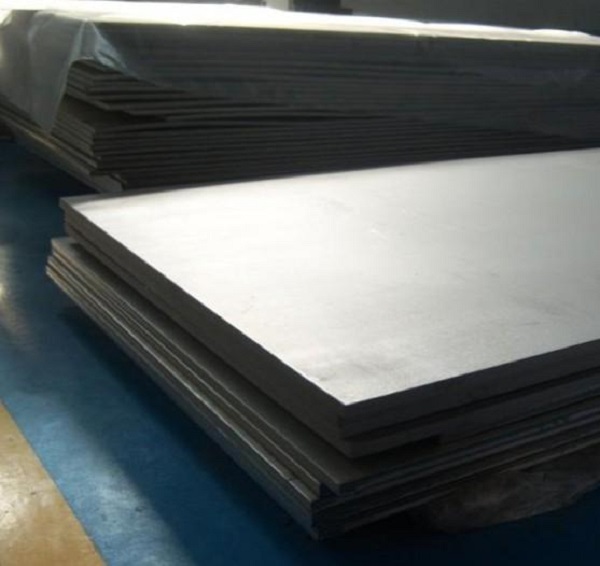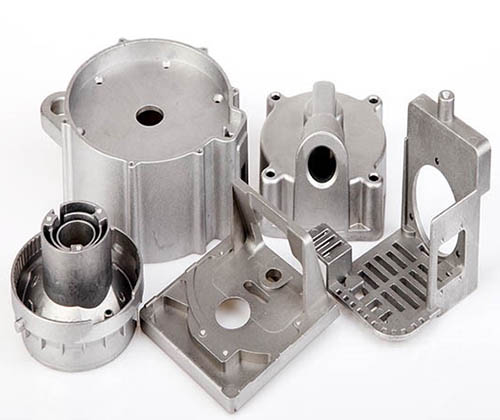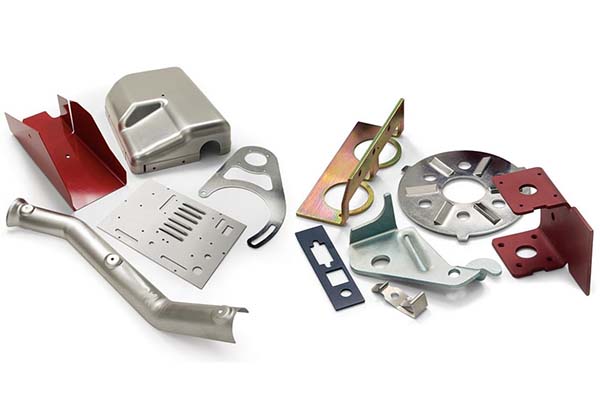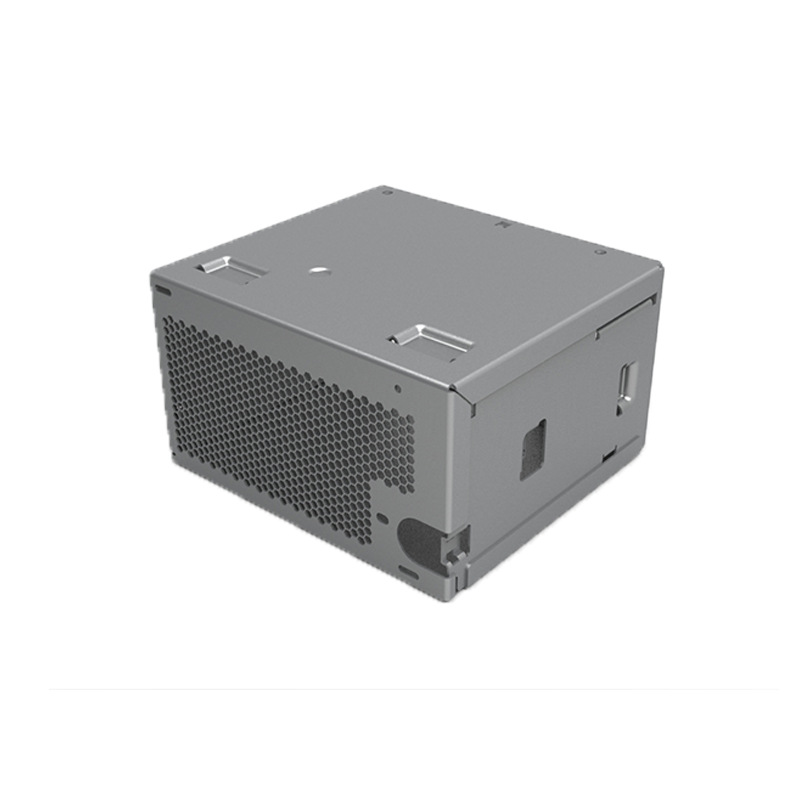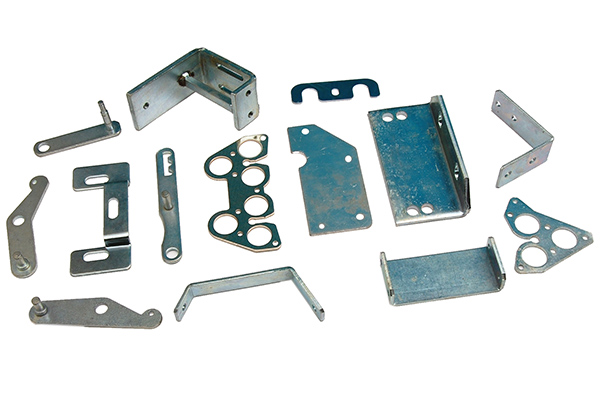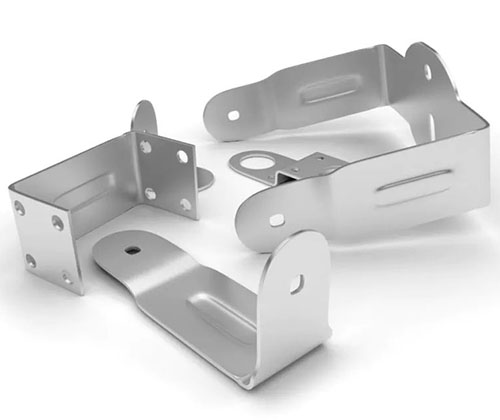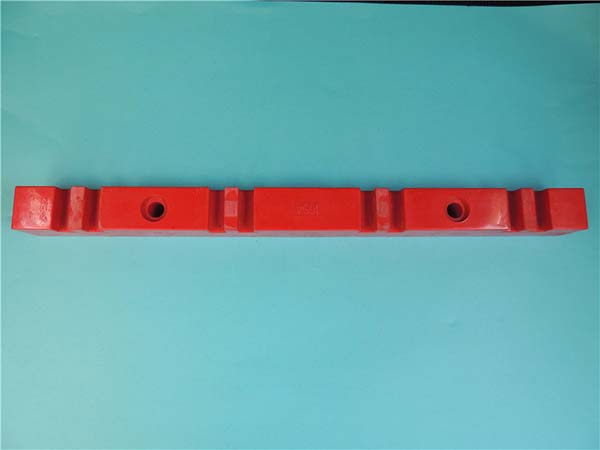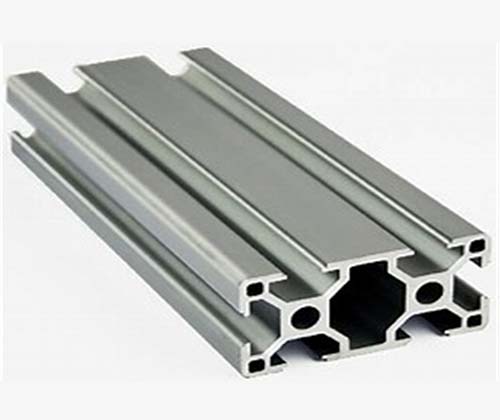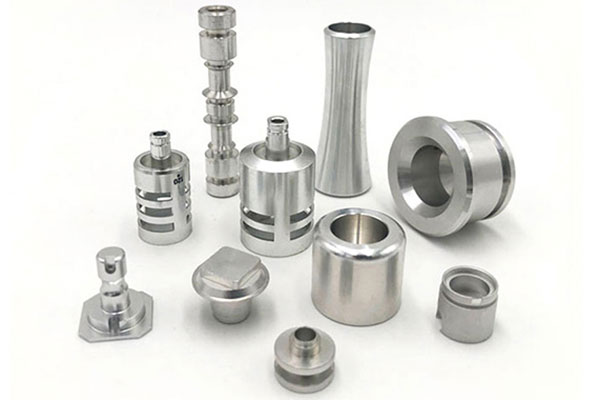Introduction
When it comes to choosing general - purpose sheet metals, manufacturers and fabricators often encounter a set of frustrating issues. They need a material that can handle various forming processes without breaking, has a surface good enough to avoid extra finishing steps, and comes at a reasonable cost. Inconsistent quality across batches, poor cold workability, and inability to meet tight thickness tolerance are common headaches. SPCC (Cold Rolled Steel) is a material that stands out for solving these problems. In this article, we'll take a deep dive into its material properties, manufacturing process, applications, and the performance benefits it offers.
Material Properties of Sheet Metal SPCC (Cold Rolled Steel)
Mechanical Properties
- Tensile Strength, Yield Strength, and Elongation: SPCC (Cold Rolled Steel) has well - balanced mechanical properties. Its tensile strength usually ranges from 270 - 410 MPa, and the yield strength is around 170 - 305 MPa. This strength makes it strong enough for most general - purpose uses. At the same time, it has an elongation of 20% - 30%, which means it can be bent and shaped without cracking easily. For example, when making brackets through metal stamping, this combination of strength and ductility ensures the parts don't break during the forming process.
- Hardness: The hardness of SPCC steel is moderate, with a Brinell hardness of 65 - 95. This hardness is just right - it's not too soft to lose shape, nor too hard to be difficult to work with. It can withstand daily use in applications like furniture frames and appliances without getting dented easily.
Physical Properties
- Surface Finish and Dimensional Accuracy: One of the most notable features of SPCC (Cold Rolled Steel) is its smooth surface finish. Unlike hot - rolled steel with a rough and scaled surface, SPCC steel has a clean and even surface after cold rolling. This not only makes it look good but also reduces the need for polishing or grinding before painting or coating. In terms of dimensional accuracy, it's excellent. The thickness tolerance is very tight, usually within ±0.02 mm, which is crucial for fabrication projects where parts need to fit together perfectly, such as in electrical enclosures.
- Grain Structure and Material Purity: The cold - rolling process refines the grain structure of SPCC steel, making it fine and uniform. This refined grain structure is the reason behind its good mechanical properties. Also, SPCC steel has high material purity because it goes through pickling to remove oxides and impurities before cold rolling. This purity helps prevent defects during forming and ensures consistent performance.
- Corrosion Resistance, Magnetic Properties, and Cold Workability: In its natural state, SPCC (Cold Rolled Steel) has basic corrosion resistance, but it's prone to rust if exposed to moisture for a long time. However, when coated with galvanizing or painting, its corrosion resistance improves greatly, making it suitable for outdoor construction materials. Like other steels, SPCC is ferromagnetic, with good magnetic properties, which is useful in electrical enclosures that need to shield magnetic fields. What's more, its cold workability is excellent. It can be easily bent, stamped, and rolled at room temperature, which saves time and energy in manufacturing.
Manufacturing Process of Sheet Metal SPCC (Cold Rolled Steel)
Pre - rolling and Core Processes
- Hot Rolling (Preceding Process): The production of SPCC (Cold Rolled Steel) starts with hot rolling. Steel billets are heated to above 1000°C and rolled into thick sheets. These hot - rolled sheets have a thickness of 2 - 8 mm and serve as the raw material for the next steps.
- Pickling: After hot rolling, the sheets are pickled. They are dipped in a hydrochloric acid solution to remove the oxide scale on the surface. Pickling is essential as it cleans the surface, allowing for better adhesion in later coating processes and ensuring a smooth surface finish after cold rolling.
- Cold Rolling: The pickled hot - rolled sheets are then sent to cold rolling mills. In cold rolling, the sheets are rolled at room temperature between a series of rolls. The roll configuration and tension control are carefully adjusted. The tension keeps the sheet flat, and the rolls reduce the thickness to the desired level, usually 0.3 - 3.2 mm. This process not only makes the sheet thinner but also increases its strength through work hardening and improves its dimensional accuracy.
- Annealing: After cold rolling, the steel becomes harder and less ductile. So, annealing is often done. The steel is heated to 600 - 700°C in a controlled atmosphere and then cooled slowly. This process relieves internal stresses, restores ductility, and makes the grain structure more uniform. Annealed SPCC steel has better formability, which is necessary for complex fabrication work.
Post - rolling Processes
- Coiling, Surface Treatment, and Coating: After cold rolling and annealing, the sheets are wound into coils for easy storage and transportation, which is called coiling. Depending on the application, surface treatment like oiling may be done to prevent rust temporarily. For better corrosion resistance and appearance, coating processes such as galvanizing or painting are applied. Galvanized SPCC steel is widely used in construction materials, while painted ones are common in appliances and decorative items.
- Post - rolling Processing and Quality Inspection: Post - rolling processing can include cutting the coils into sheets of specific sizes or slitting them into strips. During the entire manufacturing process, strict quality inspection is carried out. Inspectors check the thickness tolerance, surface finish, and mechanical properties like tensile strength and hardness to ensure they meet the SPCC standards. Any defective sheets are rejected to maintain the quality of the final product.
Applications of Sheet Metal SPCC (Cold Rolled Steel)
Automotive, Appliance, and Electrical Industries
- Automotive Body Panels and Parts: SPCC (Cold Rolled Steel) is widely used in the automotive industry for making non - structural automotive body panels like fenders and door skins. Its smooth surface finish is perfect for painting, giving cars a shiny look. It's also used for internal parts such as brackets and supports because of its good formability and strength.
- Appliances and White Goods: Appliances like refrigerators, washing machines, and microwaves rely heavily on SPCC steel. The outer casings of these white goods need a smooth and attractive surface, which SPCC provides. The internal frames and components also benefit from its strength and dimensional accuracy, ensuring the appliances work properly and last long.
- Electrical Enclosures: Electrical enclosures that protect wiring and electrical components are often made from SPCC steel. Its dimensional accuracy ensures a tight fit, keeping dust and moisture out. The good magnetic properties also help in shielding against electromagnetic interference, and with proper coating, it can resist corrosion in various environments.
Construction, Furniture, and General - purpose Applications
- Construction Materials and Architectural Elements: In construction, SPCC steel is used for making construction materials like roofing sheets, wall panels, and studs. When galvanized, it can withstand outdoor conditions. In architectural elements such as railings and decorative grilles, its smooth surface finish and ability to be formed into different shapes make it a good choice.
- Furniture and Industrial Equipment: Furniture like chairs, tables, and shelves use SPCC steel for their frames. Its strength ensures the furniture is sturdy, and its formability allows for creative designs. In industrial equipment, it's used for making machine covers, brackets, and small mechanical parts because it's reliable and cost - effective.
- General - purpose Applications: Due to its versatility, SPCC (Cold Rolled Steel) is used in many general - purpose applications. It's ideal for consumer products like metal boxes, buckets, and toys. It's also widely used in metal stamping and fabrication shops to make custom parts for various industries.
Performance and Benefits of Sheet Metal SPCC (Cold Rolled Steel)
High Performance in Forming and Use
- Improved Formability and Good Cold - forming Properties: SPCC (Cold Rolled Steel) excels in forming processes. Its good cold - forming properties mean it can be bent, stamped, and deep - drawn into complex shapes without cracking. This is a big advantage for manufacturers, as it reduces the number of rejected parts and increases production efficiency. For example, when making decorative items with intricate designs, SPCC steel can be shaped precisely.
- High - strength and Dimensional Accuracy: With its decent tensile strength and yield strength, it provides enough structural support for most applications. The high dimensional accuracy ensures that parts made from SPCC steel fit together perfectly, reducing assembly time and improving the overall quality of the product. This is especially important in electrical enclosures where a tight fit is necessary for safety.
Cost - effectiveness and Versatility
- Cost - effectiveness: SPCC (Cold Rolled Steel) is very cost - effective. Compared to other specialty steels, it has a lower price while still offering good performance. Its smooth surface finish and dimensional accuracy reduce the need for additional processing steps, saving on labor and material costs. This makes it a popular choice for mass - produced items like appliances and consumer products.
- Wide range of Thicknesses and Customizability: It's available in a wide range of thicknesses, from 0.3 mm to 3.2 mm, which means it can be used for various applications, from thin electrical enclosures to thicker mechanical parts. Also, it's highly customizable. It can be coated, painted, or processed into different shapes to meet specific requirements, making it suitable for a wide variety of uses.
- Smooth Surface Finish and Consistent Thickness: The smooth surface finish not only enhances the appearance of the product but also makes it easier to apply coatings and paints. The consistent thickness ensures uniform performance across all parts, which is crucial for high - volume production and assembly line operations.
Yigu Technology's Perspective
As a parts custom manufacturing supplier, Yigu Technology highly values SPCC (Cold Rolled Steel) for its versatility and reliability. Our expertise in metal stamping, fabrication, and coating allows us to make the most of its properties. We ensure that every SPCC steel part we produce meets strict quality standards, from checking thickness tolerance to ensuring a smooth surface finish. Whether it's for automotive parts, appliances, or custom mechanical parts, we use SPCC steel to provide cost - effective and high - quality solutions for our customers.
FAQs
- Is SPCC steel suitable for outdoor applications without coating?
- No, SPCC (Cold Rolled Steel) has only basic corrosion resistance in its bare form and is prone to rust when exposed to moisture and outdoor elements for a long time. It's better to use coated SPCC steel, such as galvanized or painted, for outdoor applications to ensure durability.
- Can SPCC steel be welded easily?
- Yes, SPCC steel is relatively easy to weld. Its moderate carbon content and good ductility make it compatible with common welding methods like arc welding and spot welding. However, it's important to clean the surface before welding to remove any oil or dirt that might affect the weld quality.
- What is the difference between SPCC and other cold - rolled steel grades?
- SPCC is a general - purpose cold - rolled steel grade defined by Japanese standards. Compared to some other grades, it has more balanced mechanical properties and better cold workability, making it suitable for a wide range of general - purpose applications. Other grades may have higher strength or better corrosion resistance but are often more expensive and less versatile.
